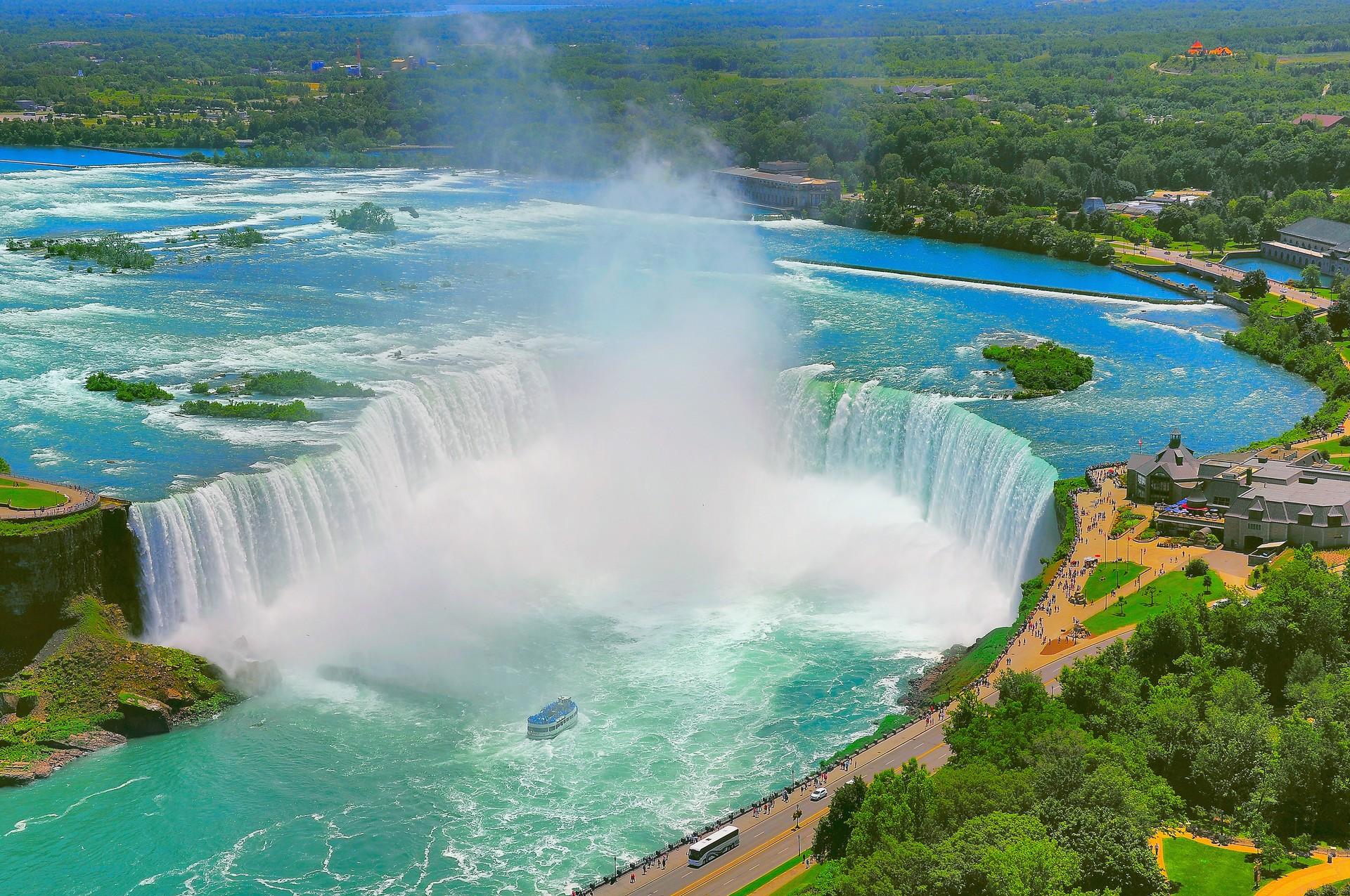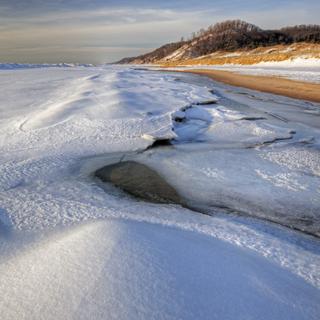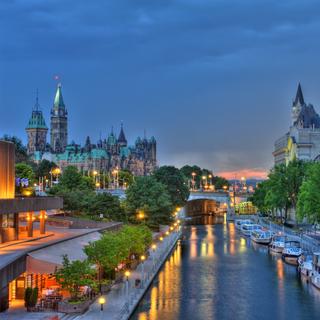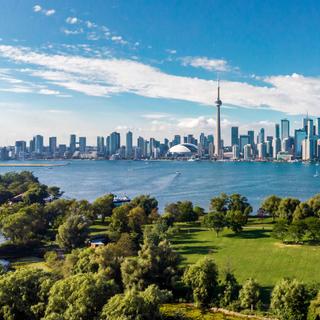
Niagara Falls weather and climate in 2025

Niagara Falls weather and climate in 2025
Day
26 °C
Night
16 °C
Sea
22 °C
Precipitation
74 mm
in month
Rainy days
10 days
in month
Daylight
14 hours
average
Sunshine
8 hours
average
Humidity
73 %
Weather charts for Niagara Falls
Destinations nearby and activities
Destinations nearby
Activities in Niagara Falls

Find more destinations like this
Destinations with similar weather to Niagara Falls
Other destinations in Ontario - Canada
Closest cities for Niagara Falls
Weather overview for Niagara Falls
Weather overview
Niagara Falls in Canada presents a moderate continental climate with daily temperatures that span across a diverse range during the year. In the icy clutches of January, one might experience below-freezing day temperatures at an average of 0 °C (31 °F) whereas July offers a warm embrace with day temperatures averaging at 27 °C (80 °F). The skies are most parched in July with a scarce 10 days rainfall, contrasting with the wet blankets of December where one is likely to encounter 13 days of rainfall. Night temperatures peak in July with a warm 17 °C (62 °F) and dip to their coldest in January at -8 °C (18 °F). Different months bring varied lengths of daylight, wind conditions, and humidity levels amongst other weather measures pertinent to planning visits or activities.
January weather
In Niagara Falls, January is marked by the nominal minimum day temperature of 0 °C (31 °F) and a concurrent low in nighttime temperature, registering at -8 °C (18 °F). A decrease in the total rainfall is noted with 61 mm (2.42 in), paralleled by the initial reduction of rainy days estimated at 12 days. Simultaneously, the duration of sunshine without clouds shows a slight increase, totaling 3 hours.
February weather
February experiences a nascent escalation in day temperature, averaging 1 °C (33 °F) in Niagara Falls. The steady climb of cloudless sun hours is apparent. The least rainfall amount is recorded this month, measuring 53 mm (2.10 in).
March weather
With the arrival of March, a noticeable increase in day temperature is seen, reaching an average of 5 °C (41 °F) in Niagara Falls. Night temperatures also begin to rise, while the trend of fewer rainy days continues, now decrementing to 10 days. An enhanced exposure to sun hours persists as they mount to 5 hours.
April weather
April heralds further warmth with an average day temperature of 13 °C (55 °F) in Niagara Falls, accompanied by increasing night temperatures averaging 2 °C (36 °F). The onset of more rainy days is observed, indicated by 12 days, and there's a parallel upswing in rainfall amounts. The continual rise of sun hours is akin to the past month.
May weather
As May arrives, day temperatures continue their ascent, posting an average of 19 °C (66 °F) in Niagara Falls, while nighttime temperatures also elevate, recorded at 8 °C (46 °F). The commencement of the tourist season is signaled. A slight decline in the count of rainy days is denoted, placed at 11 days, but an ascent in the accumulated rainfall is seen, estimated at 81 mm (3.20 in).
June weather
June's weather in Niagara Falls is characterized by an uptick in day temperature, averaging 24 °C (75 °F), with night temperatures keeping stride at 14 °C (56 °F). The tourism period remains extant. Growth in sun hours persists, mirroring the prior month's progression to 9 hours. The span of daylight is at its extensive peak, averaging 15 hours.
July weather
July showcases the zenith of the tourist season in Niagara Falls. Maximum daytime temperatures average at 27 °C (80 °F), with nights also experiencing their highest temperature averages at 17 °C (62 °F). A noticeable minimum in rainy days is seen, reflected by 10 days. The culmination of solar hours is evident, with their value at a zenith of 9 hours.
August weather
August denotes a pivotal downshift in day temperatures, settling at an average of 26 °C (79 °F), alongside a gradual decrease in night temperatures, arriving at an average of 16 °C (60 °F). The gradual decline in rainfall amount is also apparent, with a minimal wind speed perceptible, measured at 3.
September weather
September's ambiance in Niagara Falls is typified by a cooling trend in day temperature, now averaging 22 °C (72 °F). The initiation of rising rainy days is marked, with their number climbing to 11 days, as well as an increase in rainfall amounts. Declining sun hours extend from the prior month's scale, now averaging 6 hours.
October weather
October in Niagara Falls is observed with a continuous drop in day temperature, averaging 15 °C (60 °F), and night temperatures also on a wane, setting at 6 °C (42 °F). The upward trajectory in rainy day numbers is sustained, registering at 12 days, while the initial phase of rainfall amount reduction is noted, with a value of 76 mm (3.00 in). The waning period of sunlight hours persists, aligned with decreasing daylight hours.
November weather
The downward trend in day temperature continues into November, averaging 9 °C (48 °F) in Niagara Falls, while evening temperature also descends, reporting at 1 °C (34 °F). An apex in rainfall volume occurs during this month. Sunlight hours undergo a steadfast lessening, observed at 3 hours.
December weather
December ushers in further cooling with day temperatures recording a subdued average of 3 °C (37 °F) in Niagara Falls, and night temperatures dropping correspondingly to an average of -4 °C (24 °F). The summit of rainy day frequency is reached, totaling 13 days, while the advent of declining rainfall volume is seen this month. The least amount of solar hours is detectable in December, aligning with the brief daylight spans.
FAQs
What is the daily temperature like in January in Niagara Falls?
The daily temperature in Niagara Falls during January hovers around a cool average of 0 °C (31 °F), which could require warm attire to stay comfortable.
Is February much warmer in Niagara Falls compared to January?
The weather in February is slightly milder than in January with an average day temperature of 1 °C (33 °F), yet it remains brisk prompting visitors to bundle up.
Does March see a significant rise in temperatures in Niagara Falls?
Indeed, March exhibits a discernible warmth with average day temperatures rising to 5 °C (41 °F), providing a more pleasant outing than in the chilling throes of winter.
How are the wind conditions in Niagara Falls during April?
The wind is generally moderate in April with average wind speeds reaching 4, which may necessitate a light jacket when venturing outdoors.
How suitable is May for visiting Niagara Falls?
May offers a comfortable climate for a visit to Niagara Falls with relatively mild day temperatures averaging 19 °C (66 °F), and cooler evenings at 8 °C (46 °F).
Is June in Niagara Falls too hot for comfort?
June's climate in Niagara Falls strikes a balance, offering warmth awash with a comforting breeze, hence heat is typically not overbearing.
Does July in Niagara Falls have frequent rainfall?
July is considerably dry in Niagara Falls, marking a low point in rainy days with only an average of 10 days expected during the month.
What is the daytime climate like in Niagara Falls during August?
In August, Niagara Falls basks in warm 26 °C (79 °F) average daytime temperatures, making it conducive for sun-centric activities and leisure.
How do the sea temperatures feel in Niagara Falls in September?
Sea temperatures in September mildly chill at an average of 19 °C (67 °F), which may dissuade prolonged aquatic engagements for some.
What is the typical distribution of rainy days throughout October in Niagara Falls?
October sees a spread of roughly 12 days as rainy in Niagara Falls, which aligns to about 38 % of the month or nearly three days every week.
Is November a chilly month in Niagara Falls?
November sees a cool shift with daytime temperatures sliding to an average of 9 °C (48 °F), suggesting the onset of winter’s chill.
How do the weather conditions fare in Niagara Falls during December?
December has a brisk climate in Niagara Falls, with frigid days averaging 3 °C (37 °F) and an increased likelihood of rainfall.





